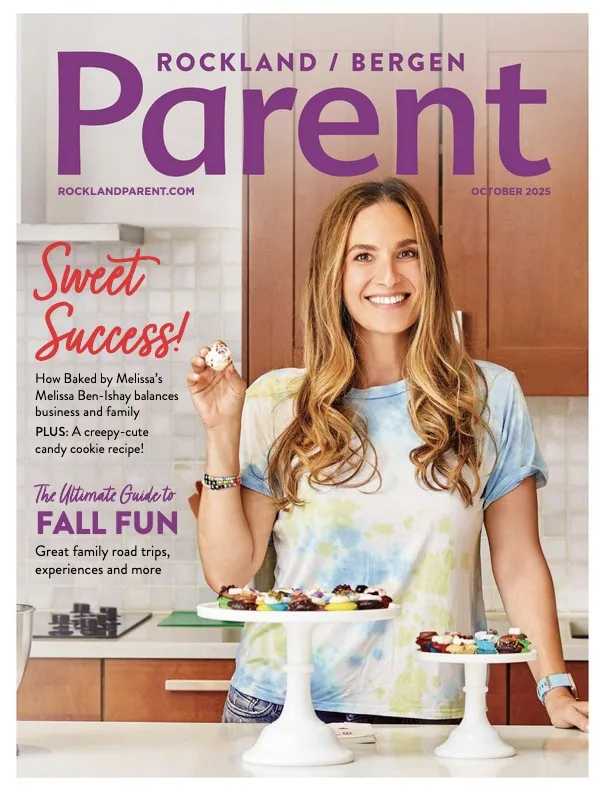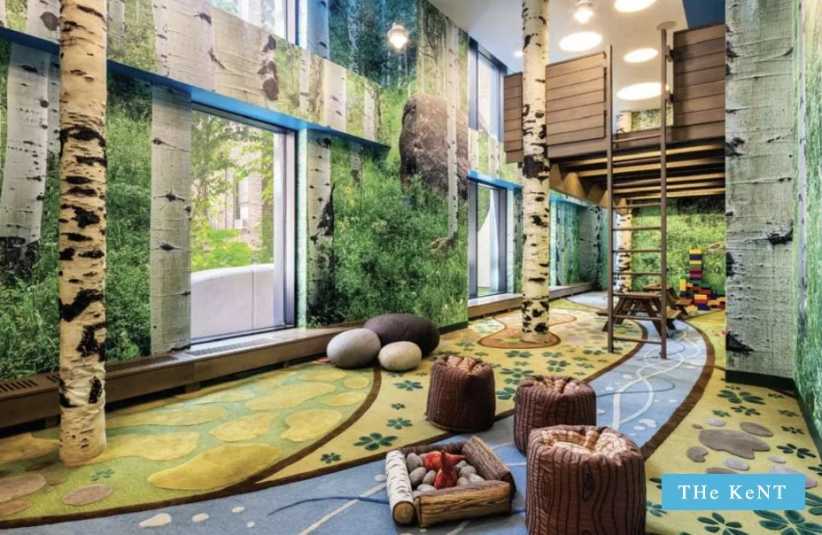Editor’s Note: We asked Green Depot Founder and New York City mom Sarah Beatty for tips on keeping a clean
and healthy home. We got back a
motherlode!
To ensure that our childrens’
children are able to enjoy the same world we do – if not a better one – we all
must think responsibly about how be build, live and consume. Urban populations
like New York City are growing so the infrastructure we build and
retrofit needs to anticipate that growth. Protecting the earth’s natural
resources, reducing carbon emissions and creating healthy, thriving communities
are all possible goals to work towards, and opportunities for the reinvention
of America. Every person can play a part. When we do, we
discover the true meaning of the words “community” and “stewardship”.
To maintain a healthy,
eco-responsible home, here are some best practices:
1.
Get rid of cleaning formulas, detergents, etc., that contain chemical solvents
and replace them with natural, non toxic cleaners. Many practical home
solutions already are in your cupboard, like vinegar, baking soda, and hydrogen
peroxide—and of course environmentally friendly cleaners are now readily
available.
2.
Clean with dry microfibers (like e-cloth) and reusable cotton cloths vs. paper
towels. Adjusting your cleaning regimen will improve the air quality inside
your home, conserve water and lessen household expenses.
3. Remove your shoes when
you enter your home so that you don’t track chemicals contained in pesticides
(and other stuff) inside.
4.
Before the super hot summer days, clean the filters in your air conditioner
units for more efficient operation and cleaner air.
5.
Install portable room HEPA air purifiers to filter out harmful particles. Americans spend an average of 90% of their
time indoors, where levels of pollutants may be two to five times higher than
outdoor levels. Harmful particles are primary causes of allergies and asthma,
as are gaseous pollutants, and volatile organic compounds that vaporize into
the air from many cleaning supplies, adhesives, paints, and other household
items.
6.
Install dual a dual cartridge filter on your kitchen sink for healthy great
tasting water straight from the tap.
7. Cut off phantom power loads that waste energy
and money by installing energy efficient power strips
8. Discover your inner urban
gardener—grow your own herbs.
9. Buy local!! Support locally made products (like green
depot cleaning formulas and ivy coatings) to support local business.
10.
During the spring & summer–be aware of the fertilizers and pesticides that
are used outdoors. In your own yard, use bio based home & garden
products
#
Because newborns are most
vulnerable to environmental factors, you want to pay special attention to the
nursery, making sure the air quality is optimal and the materials are
non-irritating. To that end:
1. Finish all the hard renovation (including painting) 8 weeks prior to the
baby’s arrival so that any residual fumes, airborne particulates can clear from
the air.
2. Use non-toxic, zero voc paints, and finishes for walls and floors. (If you are concerned about old lead paint,
have the walls sealed).
3. High pile carpets will capture dust mites and other contaminants, which can
compromise a nursery’s air quality. If you choose to install wall to wall
carpeting, select a tight, low pile carpet and be sure to use low voc adhesive.
Hepa vacuum more frequently!
5. Crib: when investing in a crib, make sure it’s made of formaldehyde-free
woods, and non-toxic, low voc finishes (your baby will gum on it later).
6. To ensure the best air quality for
your newborn, install a hepa uv air filter in your child’s room.
7. Keep your nursery clean using all natural, non toxic cleaners and detergents.
(One more thing: Be sure to use BPA-free, phthalate-free baby bottles.)
#





























